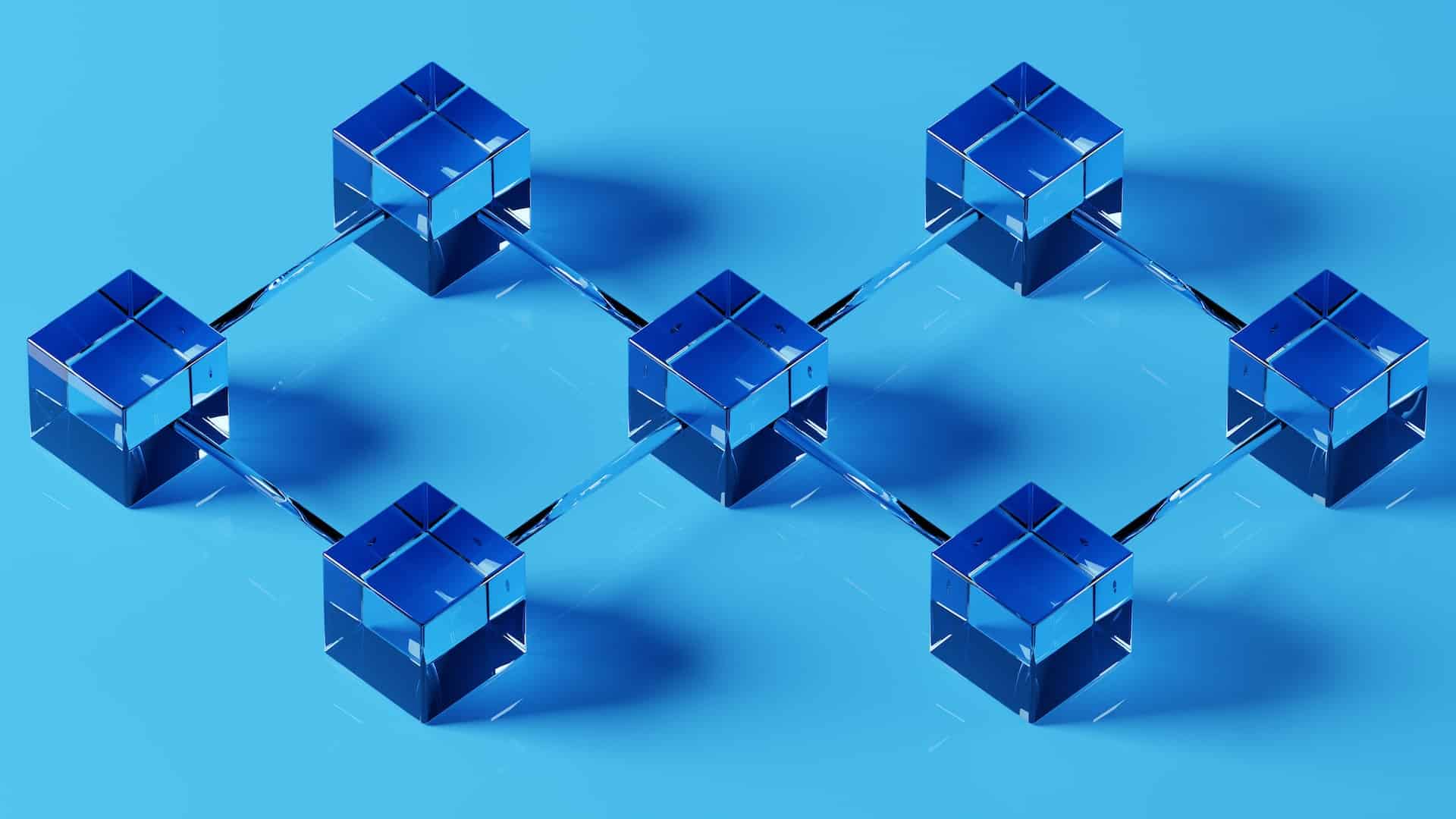Real-world asset (RWA) tokenization is bringing change to how people can own and transfer assets in the physical and virtual worlds by acting as a bridge between both ‘realities.’
What Is RWA Tokenization?
Real-world asset tokenization involves turning a non-digital asset into a digital asset on the blockchain.
A real-world asset is any asset with an underlying value in the physical world. This asset may be tangible or intangible, from real estate to commodities and intellectual property.
According to industry players, RWA tokenization’s market capitalization will surpass the $10 trillion mark by 2030. The opportunities presented by its growth explain the excitement surrounding it. Experts say that RWA tokenization will bridge traditional finance (TradFi) and Decentralized Finance (DeFi).
How Does RWA Tokenization Work?
For any real-world asset to be tokenized, it goes through the following five-step process:
- Identifying the asset to tokenize: The first step of tokenizing an asset is identifying the asset/assets you would like to tokenize. This entails ascertaining that it is physically available, a due diligence study to determine its ownership and legal claim, and determining its value.
- Identifying the platform on which to mint the tokens: The second step involves identifying the platform to mint the tokens. Here, the token developer has to choose one among the many players offering tokenization as a service (TaaS).
- Developing the smart contract: A smart contract is self-executing software that manages token functionality on the blockchain. The code dictates all the actions relating to the token’s ownership and transfer. In it are all the terms and conditions that dictate the creation and movement of the digital asset. Its self-enforcing nature eliminates the need for intermediaries in the asset’s transactions.
- Creating the token: Next comes the creation of the security token (ST). This is the digital representation of the RWA on the blockchain. This ST may be wholes or fractions of the asset they’re representing. Once ready, the developer links it with the asset they are tokenizing, paving the way for its issuance.
- Issuing the security token: The fourth stage involves offering the ST to the primary market. This process is known as security token offering (STO) and entails selling a fraction of the total tokens to select investors to raise funds for the project.
- Exchange Listing: From the STO, the project will then go live on an exchange where anyone can buy and own the token.
Real-World Use Cases of RWA Tokenization
RWA tokenization is in its infancy, but there are already many areas where the concepts can find application. These will only grow with the increasing adoption of the technology.
Here are a few industries in which RWA tokenization is already being applied:
Real Estate Tokenization
One area where RWA tokenization is gaining traction is in real estate. Real estate applies RWA tokenization principles to create tokens representing fractions of property on the blockchain. Tokenization helps investors own pieces of a property while recording evidence of its ownership and transfer on the blockchain.
For instance, a company can create 15 million tokens for some real estate worth $15 million. Each token would represent a $1 stake in the property. Any investor’s ownership share in this property will depend on how many tokens they acquire.
Artwork and Collectibles Tokenization
Tokenization allows people to represent artworks and collectibles on the blockchain digitally. That way, we open up high-value art and collectibles to fractional ownership, making them more affordable and transferable.
The emergence of the non-fungible tokens market (NFTs) has given further impetus to digitizing artworks as versions of different physical artwork can be represented and owned on the blockchain.
Precious Metals
Many factors hinder the ownership and trading of precious metals. For instance, they are illiquid and bulky, and owning them poses security risks. These features, among others, make them good candidates for tokenization.
Investor interest in tokenized gold is growing. Evidence of that is in major financial institutions announcing their entry into the space. HSBC Plc Holdings, for example, has embraced blockchain technology to tokenize ownership of the physical gold stock it holds in London.
Advantages and Disadvantages of RWA Tokenization
RWA tokenization has its upsides and downsides. Let’s take a look at both, starting with the positives.
Pros
Some advantages of RWA tokenization are:
- Fractional ownership: Tokenization allows ownership of the smallest units of an asset. This way, investors who would otherwise feel priced out of certain ventures can access them.
- Increased liquidity: The fragmentation of assets allows many investors to afford them. Additionally, one doesn’t have to sell the entire asset, which may take a long time to find a buyer.
- Cheaper and faster transactions: Tokenization uses smart contracts, eliminating middlemen from transactions. Their removal means incurring fewer fees when trading. It also makes transactions frictionless and faster.
- Enhanced transparency: Interested parties trade the tokens openly on the blockchain. That, plus the use of smart contracts, ensures that each party keeps their end of the bargain.
- Cross-border trading: People can trade and own tokenized assets regardless of their geographical locations.
Cons
On the flip side, RWA tokenization has its negatives, including:
- Regulatory uncertainty: The RWA tokenization sector is still new. Therefore, there are plenty of grey areas regarding its legality and regulation. The situation gets murkier when the transactions are cross-border.
- Skepticism: Some players in TradFi are hesitant to adopt the technology. The nascency of the technology and its attendant risks have been a put-off for some people in the industry.
- Technical challenges: RWA tokenization faces composability and scalability issues. Blockchains have different architectures. For this reason, developing tokenization protocols with cross-cutting applications remains a challenge.
The Bottom Line
While real-world asset tokenization is still in its infancy, it shows much promise in streamlining financial transactions. Its most significant gain will undoubtedly be democratizing access to illiquid asset classes with high barriers to entry, such as real estate and fine art.




